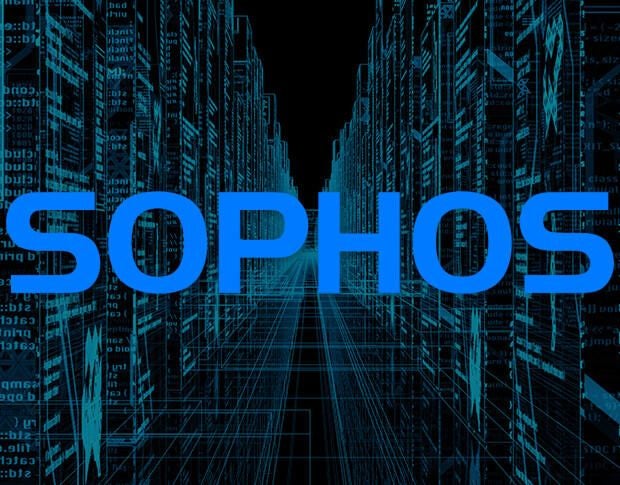Disaster recovery as a service helps businesses restore their data and applications, providing business continuity after a natural or man-made disaster has interrupted or halted IT operations. When DR is offered as a service, organizations can use a cloud-based service provider to handle their disaster recovery planning. This article covers the best DRaaS providers to help you compare and choose the best solution for your business.
Top disaster recovery as a service providers compared
The following table highlights and compares a few key features of the best DRaaS solutions, including availability of a free trial. I also compare the products’ overall ratings in the table. If you want to read more about how I compared them, skip down to read my evaluation.
| Unitrends | |||||
| Acronis | |||||
| Druva | |||||
| Arcserve | |||||
| Zerto | |||||
| Microsoft Azure | |||||
| Kamatera |
Unitrends Backup and Recovery: Best overall for backups and disaster prevention
Unitrends offers all-in-one backup appliances to help businesses or organizations simplify data and server backup with a smarter approach that keeps threats away. These solutions include AI-backed analytics to detect, predict, and prevent outages before a disaster strikes. Unitrends can alert users about potential ransomware infection and hardware failure. It can back up multiple environments, including storage solutions, hypervisors, and databases.
SEE: How to Create an Effective Cybersecurity Awareness Program (TechRepublic Premium)
Why I chose Unitrends
Unitrends scored best overall in my comparison of DR providers, with multiple features and backup environments available. It also offers administrative capabilities like reports, and it supports a range of operating systems and environments.

Pricing
- Contact Unitrends: Sales team will provide specific pricing information.
- Free trial: 30 days.
Features
- Multi-device management: From a central console, admins can manage backups for their devices of different operating systems.
- Global deduplication: Unitrends reduces duplicate data in backups for improved performance and efficiency.
- AES-256-bit encryption: Unitrends admins can enable encryption per client and set end-to-end encryption for local or offsite backup copies.
- Pure Storage protection: Unitrends supports backup for Pure Storage flash environments.
| Pros | Cons |
|---|---|
| Attractive user interface with dashboards | Troubleshooting problems when backups fail can be challenging |
| Supports over 200 operating systems, applications and hypervisors | Some users find Unitrends expensive |
Acronis Cyber Protect Cloud: Best for managed service providers
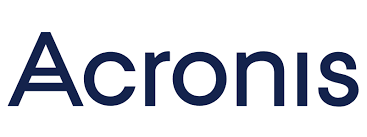
Acronis offers a different type of DRaaS solution than most on this list: Cyber Protect Cloud is a backup and recovery solution for MSPs, designed to help them support their own customers. Acronis is one of the best backup providers in the industry, and it offers multiple enterprise-grade features, including restoration, DR planning, and DR testing. The Advanced Disaster Recovery add-on will give you the most DR functionality.
Why I chose Acronis
I found that Acronis performed well in my DRaaS analysis, and it fits a slightly different audience, namely managed service providers who want to support their own clients’ data. It offers advanced protective features and is one of the most respected backup providers in the industry.

Pricing
- Cyber Protect Cloud: Per-workload and per-gigabyte pricing options.
- Pricing calculator: Used to decide which pricing method is better for your organization and your customers.
- Contact Acronis: Contact the sales team for specific pricing information.
- Free trial: 30 days.
Features
- Automated test failover: Service providers can automate failover testing scenarios and schedule them once a month for servers.
- Anti-ransomware: Acronis builds automated ransomware recovery into its solution and focuses on zero days.
- #CyberFit scores: Acronis rates your customers’ IT security posture with a metric-based score and offers recommendations for improvement.
- Device and port controls: The MSP product allows you to encrypt removable media and manage user access to locally connected devices and ports.
| Pros | Cons |
|---|---|
| Tailored specifically to MSP needs | Network and data center coverage appears limited |
| Integrations with multiple storage products | Unclear whether Cyber Protect Cloud is itself available as a service to the MSPs |
Druva Data Resiliency Cloud: Best for SaaS and database backup
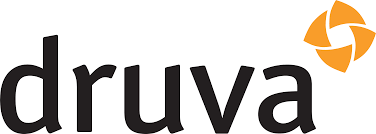
Druva Data Resiliency Cloud is a DRaaS solution developed to offer comprehensive and effective data protection. It reduces the risks that companies and users face when storing data within cloud applications. It provides a centralized system for user data management, governance, and recovery regardless of the storage resources used. Druva backs up multiple SaaS solutions, including Salesforce, and databases like SAP HANA and Oracle.
Why I chose Druva
I picked Druva as it is a good choice for teams with a lot of SaaS applications or databases. Druva offers backup for solutions like Microsoft 365, Google Workspace, and Salesforce. You can also back up your Nutanix infrastructure or Microsoft Hyper-V clusters and machines.
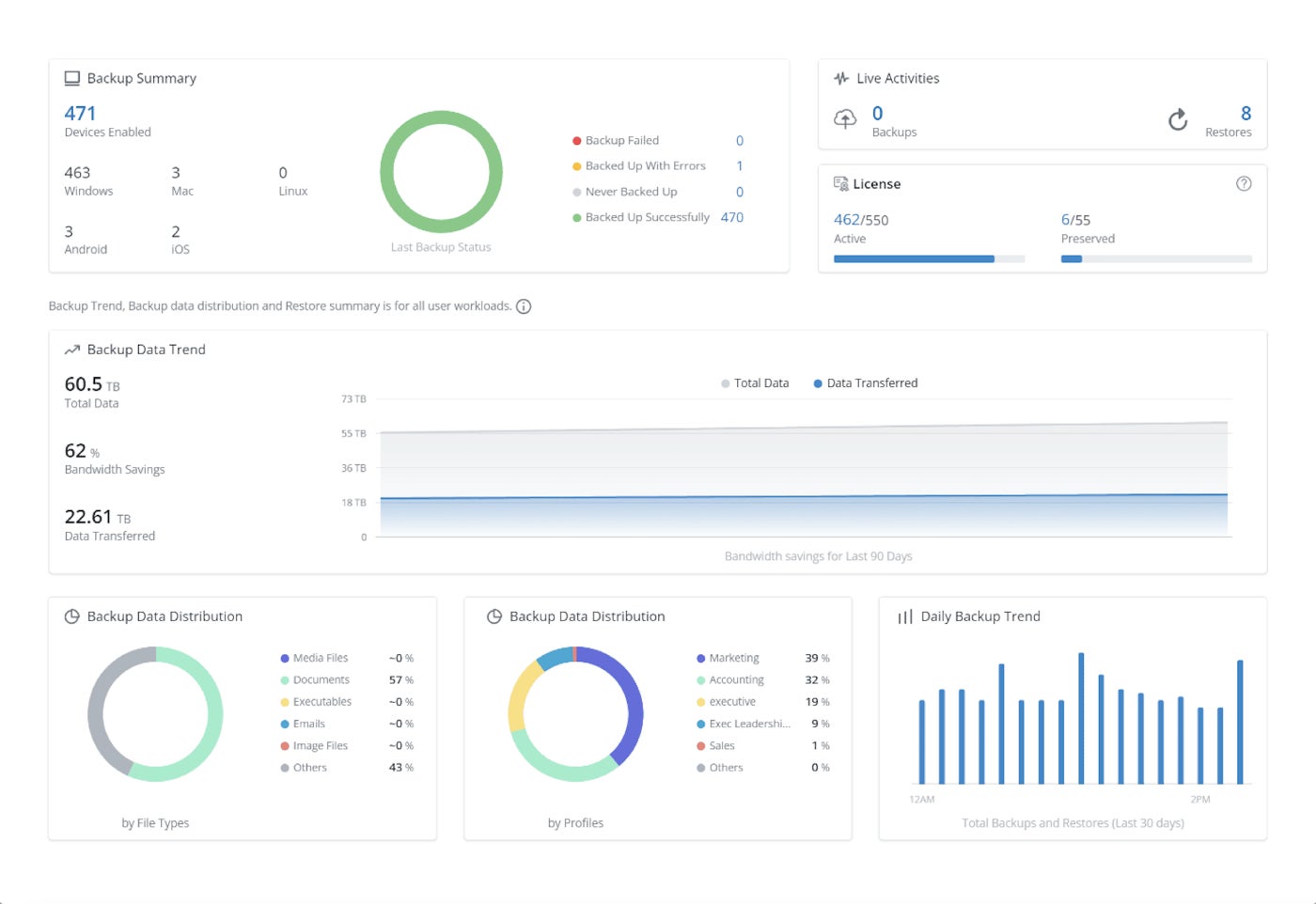
Pricing
- Public cloud and hybrid workload pricing: Credit-based, per back-end terabyte.
- SaaS applications and end-user pricing: Per user per month.
- Pay per use option: Available for backup storage.
- Free trial: 30 days.
Features
- Air-gapped backups: Druva stores immutable backups separated from the customer’s computing environment, making it harder for ransomware to touch them.
- Integration with Exterro eDiscovery: Druva helps teams manage the legal and compliance side of data, streamlining and centralizing business information.
- Compliance monitoring: The platform alerts you if there’s been a regulatory compliance violation within your Druva-monitored workloads.
- Single management console: With Druva, you can manage applications, reports, and backups all from the same location.
| Pros | Cons |
|---|---|
| Comprehensive and versatile data protection capabilities | Limited integrations |
| Unified platform to manage backup across different environments | Limited protection for networks and VMs |
SEE: How to Get the Most Out of Your Cloud Disaster Recovery Plan (TechRepublic)
Arcserve: Best for data protection and DLP use cases

Arcserve focuses strongly on data protection, offering backup and recovery as well as deduplication and compression to maximize your storage space. Arcserve UDP is one of its best options for teams needing a comprehensive data protection solution. It supports multiple storage solutions for recovery points, including Amazon S3, Oracle Cloud, and Cloudian. Arcserve is a good choice for businesses with data loss prevention and backup needs.
Why I chose Arcserve
I selected Arcserve as it is another renowned backup provider and offers multiple storage destinations, protects a variety of SaaS applications, and has DLP features like immutable cloud storage. I recommend it for teams that want to explore a variety of DLP and data recovery options.
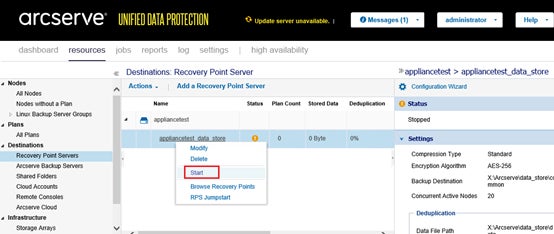
Pricing
- Contact for quote: Get in touch with Arcserve’s sales team for custom pricing.
- Free trial: 30 days.
Features
- SaaS backup: Arcserve helps you protect your SaaS applications, including Microsoft 365, Microsoft Entra ID, Google Workspace, and Salesforce.
- Data loss prevention: Arcserve UDP offers bare metal restore, VM recovery, and AWS-supported immutable cloud storage.
- Cloud storage: Arcserve offers multiple storage destinations, including Nutanix and Wasabi.
- Varied backup and restoration options: UDP offers bare metal recovery, tape backup, and virtual standby, a type of backup that converts data to a VM format.
| Pros | Cons |
|---|---|
| Variety of backup and restoration options | Backup features for networks are unclear |
| Supports multiple storage recovery points | Limited dashboard and reporting options |
SEE: Best Identity and Access Management Solutions (TechRepublic)
Zerto: Best for easy and secure cloud data management

Zerto has developed a solution for disaster recovery planning and execution designed to eliminate the risks and challenges posed by the complexity of hybrid, private, or public cloud environments. This software is easy to use and offers continuous data protection at scale to converge data mobility, backup, and recovery. Zerto is also a great choice for SaaS backup, allowing you to protect Salesforce and Microsoft 365 environments.
Why I chose Zerto
Zerto is a popular DR and data protection provider that serves both cloud and on-premises environments. I included it on this list due to its support for SaaS apps and virtual environments, its DR capabilities such as testing and compliance reports, and its administrative features like dashboards.
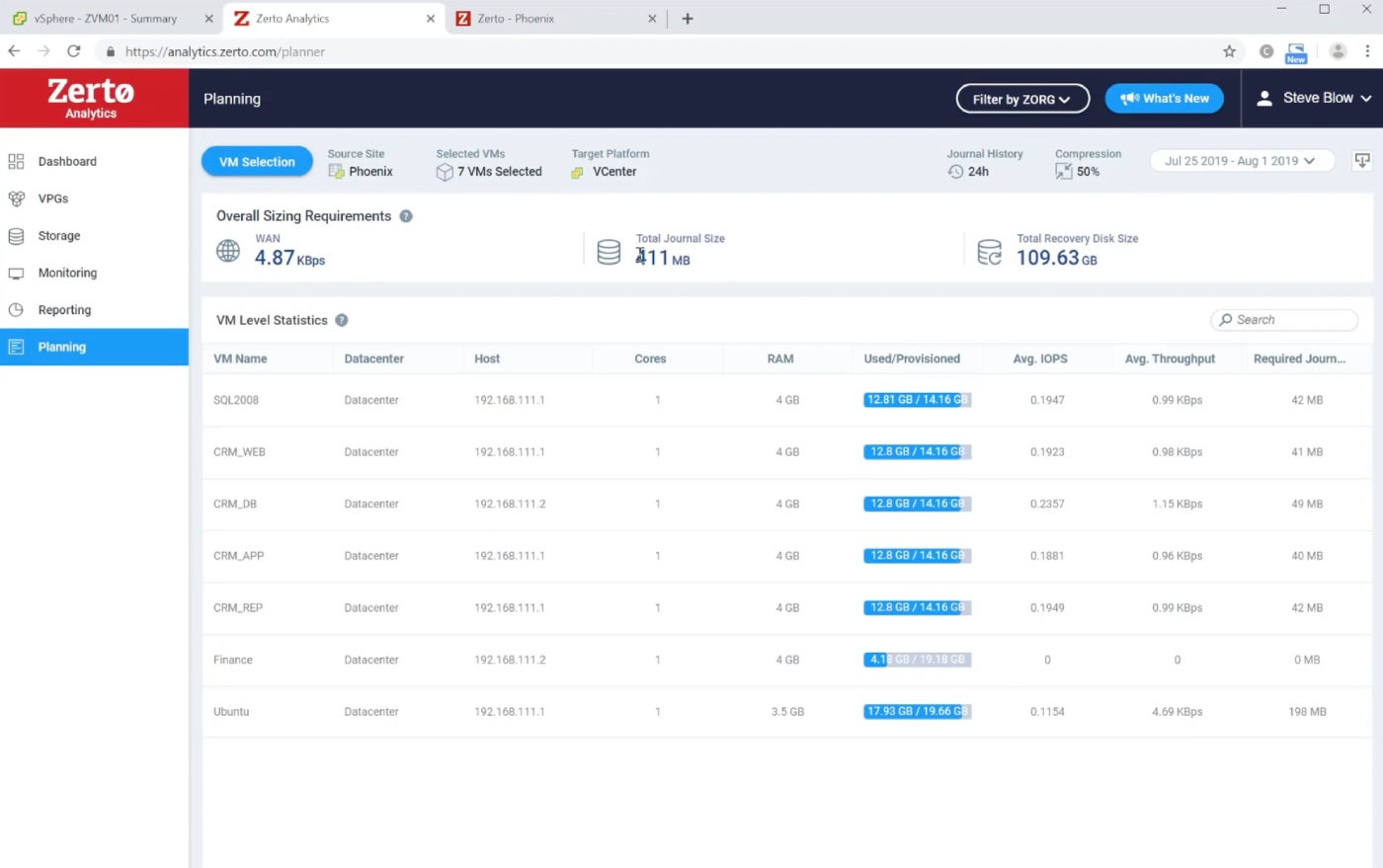
Pricing
- Contact a partner or reseller: Zerto doesn’t post pricing but encourages potential customers to contact a partner for information.
- Free trial: 14 days.
Features
- SaaS backup and recovery: Zerto helps you back up SaaS applications like Microsoft 365, Salesforce, and Google Workspace.
- Always-on replication: Zerto replicates data within the hypervisor, which is a hardware-agnostic method.
- Journal-based recovery: Instead of storing performance-sapping snapshots, Zerto logs ongoing application and changes over time.
- Integrations: Zerto’s third-party integrations include storage solutions like Nebulon and security vendors like Fortinet and Thales.
| Pros | Cons |
|---|---|
| Data center migration is available | Could be expensive for some businesses |
| Leader in ransomware recovery | DR planning capabilities are unclear |
Honorable mention: Microsoft Azure Site Recovery

Microsoft Azure Site Recovery is one of the best options for those who want to build a solid disaster recovery infrastructure, as it offers plans that can be as simple or advanced as their businesses require. This DRaaS software keeps users’ apps running during outages to ensure continuity and replicate workloads on both physical and virtual machines. Microsoft allows you to fail over to a secondary location in a disaster and return to the primary location later.
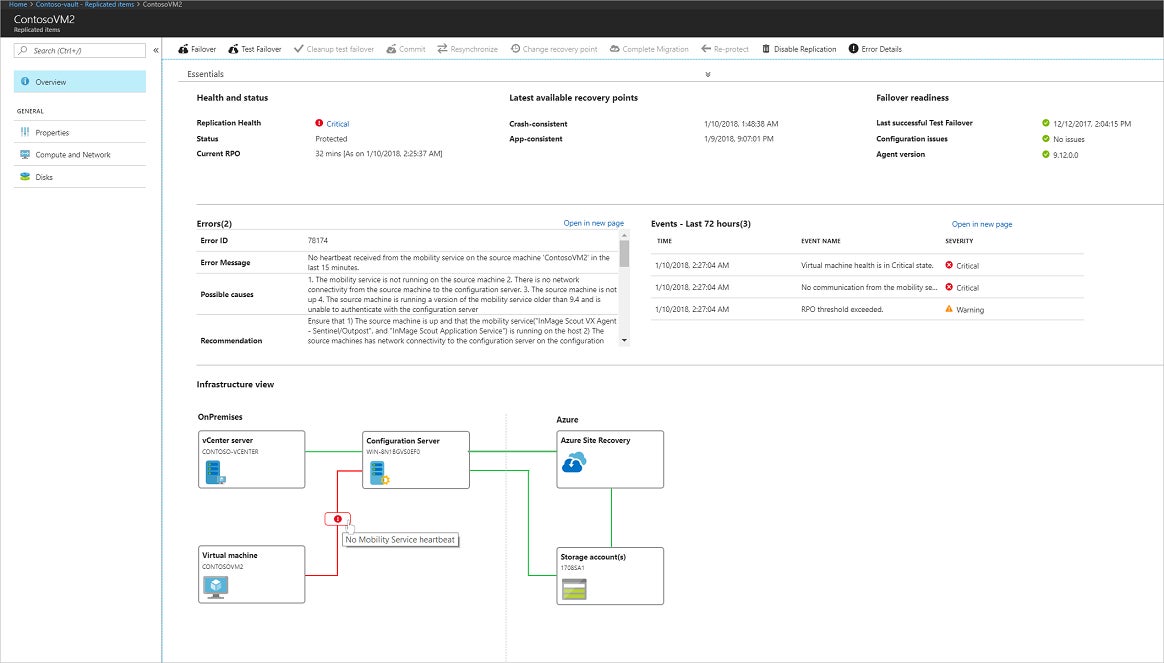
Pricing
- Cost: Dependent on how many instances need to be protected; $16-$25 per month per protected instance after the first 31 days.
- Free trial: 30 days.
Features
- Virtual machine support: Azure Site Recovery allows you to back up VMs, including VMWare, and also supports on-premise replication.
- Data resiliency: When you replicate your application data to Azure, it stays in Azure storage to be used in case of failover.
- DR testing: Your team is able to host DR drills that don’t hinder your replication processes.
- Recovery between regions: Microsoft Azure allows you to enable site recovery between separate Azure data center regions.
| Pros | Cons |
|---|---|
| Easy integration for existing Azure customers | Limited integrations with other platforms |
| User-friendly console | Lacks backup coverage for some environments |
Honorable mention: Kamatera

Kamatera is a cloud solutions provider focused on use cases like cloud servers, desktops, and firewalls that also offers basic disaster recovery features. Kamatera is infrastructure-as-a-service, so customers can run their disaster recovery as they prefer atop Kamatera’s infrastructure. While it’s not the best choice if you want advanced DR features or a traditional DRaaS approach, it may help cloud customers also looking for disaster recovery.

Pricing
- Pricing calculator: Kamatera provides a calculator where potential customers can enter their requirements.
- Billing: Both monthly and hourly billing available for servers.
- Free trial: 30 days.
Features
- Server recovery: This add-on uses electronic switching to bypass a failed system and temporarily replace it with a backup machine, which then handles any traffic.
- Cloud backup: Kamatera offers the option to back up customer servers once a day for 14 days, for an additional fee.
- Replication: Kamatera replicates customer data in real time and offers recovery point objectives of seconds.
- Clustered servers: Kamatera’s overall approach to infrastructure keeps servers running even through failure through redundancy, failure detection, and monitoring.
| Pros | Cons |
|---|---|
| Hosting atop Kamatera’s infrastructure | Lacks many of its competitors’ DR features |
| Good option for existing cloud customers | Not available as traditional DRaaS |
5 key features of disaster recovery as a service software
If you’re considering a DRaaS provider, look for features like file protection, encryption for stored backups, failover and failback, and protection against ransomware attacks.
Physical and virtual file protection
Besides attacks and cybersecurity problems, companies and individuals are at risk of losing their data due to natural disasters. Comprehensive disaster recovery plans should include a solution that offers backup data replication through virtual and physical servers. Hybrid solutions could also work, as organizations’ infrastructure often relies on both.
Encrypted storage
Most organizations use cloud storage to protect records and other information, but this data is often vulnerable. Therefore, DRaaS providers are relying on encrypted storage to make sure users’ information is continually protected. AES-256 encryption is a popular version, though it’s not the only cipher available.
Automated failover
The term “failover” describes when an application is moved to a standby server during a system failure or disaster. This feature is crucial for businesses and individuals who want to preserve uptime when something goes wrong. Failover should happen automatically when a system or host server goes down, so security teams don’t have to worry about manually shifting applications during an outage or disaster.
Failback capabilities
Failback happens when data is moved from the disaster recovery site or the secondary site controlled by the DRaaS provider to the original site after the event that affected the organization’s operations is controlled. Again, many of the best DRaaS solutions automate this process, taking a load from IT or security teams during recovery procedures.
Ransomware prevention
DRaaS can also act as a restoration strategy for ransomware attacks and other cyber events that may affect individuals’ or businesses’ data. If you choose a DRaaS solution with strong ransomware prevention features, like anti-malware and frequent file backups, you’ll have better overall protection for your files and computer systems.
How do I choose the best disaster recovery as a service software for my business?
Many DRaaS solutions exist, but they specialize in different areas and offer a variety of feature sets. If you’re planning to buy, analyze each provider thoroughly and overview their product’s features to choose the one that suits your business’s specific needs, requirements, and goals.
The best disaster recovery as a service software doesn’t focus only on data backups and recovery but also on actually protecting a business’s operations. This can include reducing downtime and offering prompt responses to a crisis.
Ideally, a comprehensive DRaaS software solution should simplify the process but provide protection across virtual and physical servers and against multiple events, including natural disasters and cyber attacks. In addition, these products should use up-to-date encryption technology to keep users’ data secure.
Automation and the use of AI technology can also add value to a DRaaS software product, as they could offer useful predictions and facilitate response in crisis mode to keep businesses always running.
Methodology
I reviewed and ranked the DR providers in this guide based on their features, pricing, administrative capabilities, and support. To do this, I used a product scoring rubric and focused on specific DR features, transparency of pricing information available from vendors, and other major criteria that DRaaS customers look for. All the disaster recovery solutions received a score out of 5 based on how well they met my criteria.
Evaluation criteria
- Pricing: Vendor transparency and availability of free trials contributed to the products’ overall pricing score.
- Features: I considered important disaster recovery features like plans, testing scenarios, and replication.
- Winners: Arcserve and Acronis.
- DR categories and types: This category looked at the environments the vendors back up, including networks and virtual machines.
- Administrative capabilities: I looked at features that make the products easier to use, like dashboards and charts and a single-pane-of-glass console.
- Customer support: This category covered 24/7 support options, as well as channels like phone, email, and chat.
- Winners: Unitrends and Acronis.


